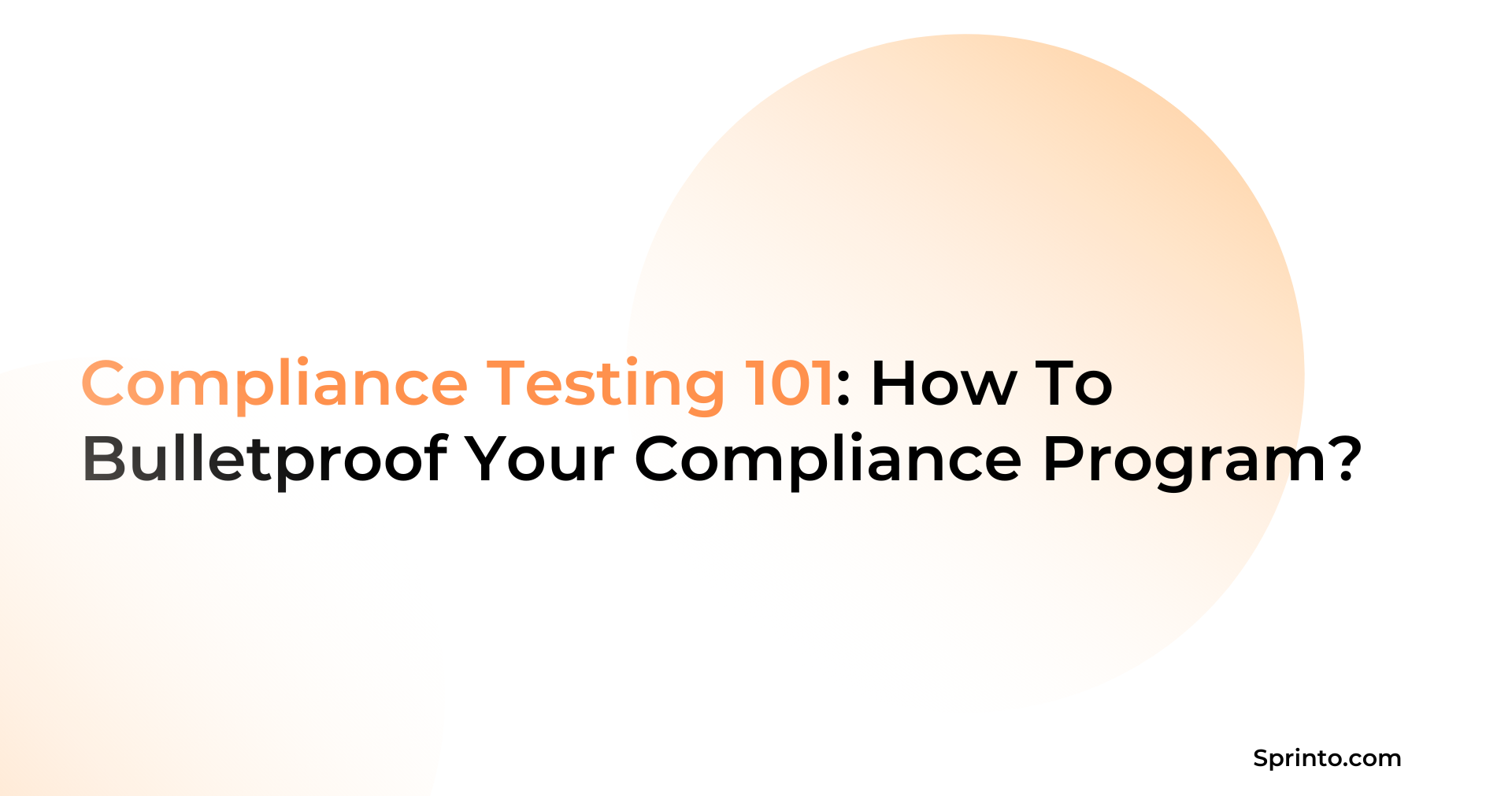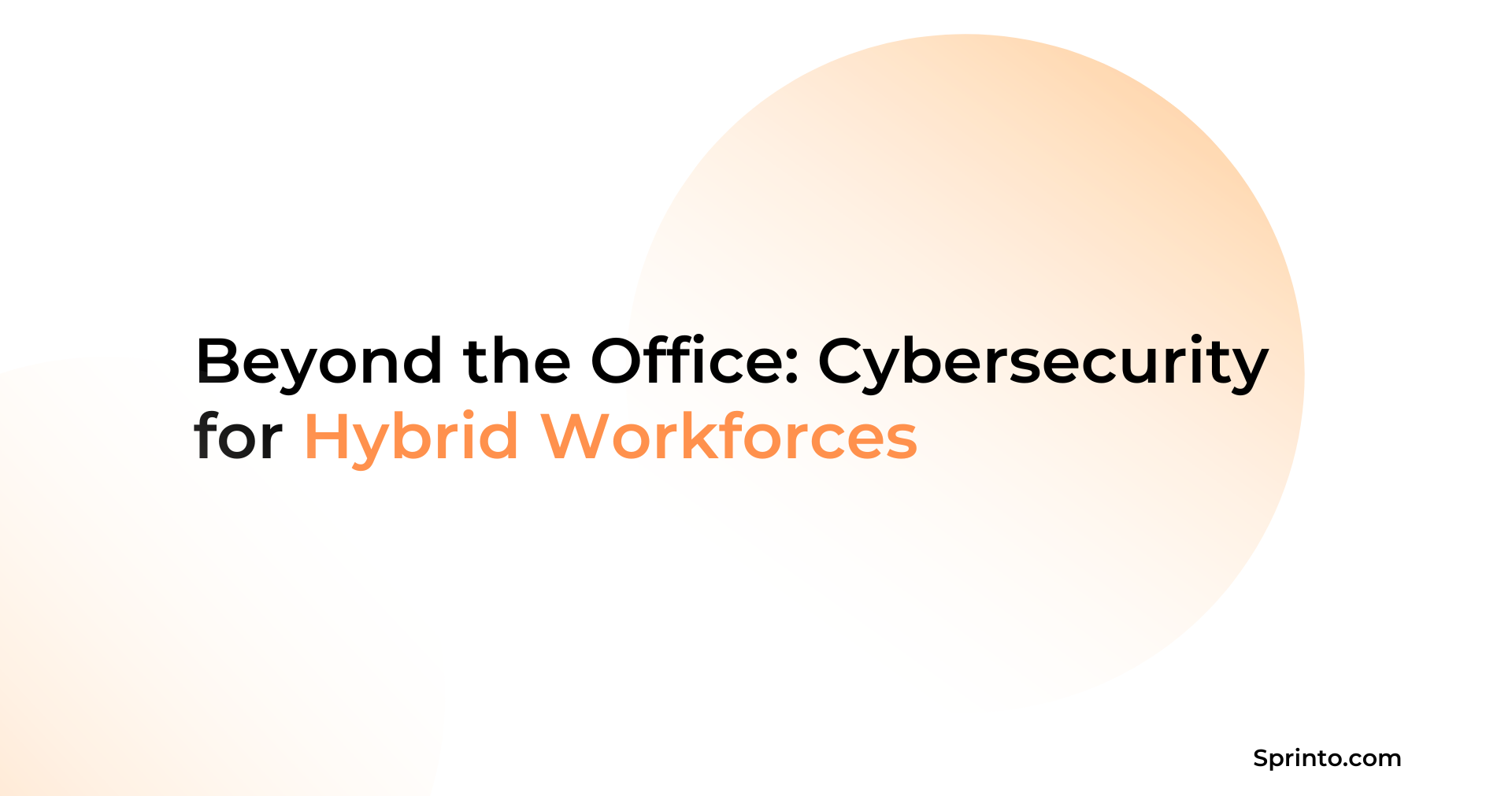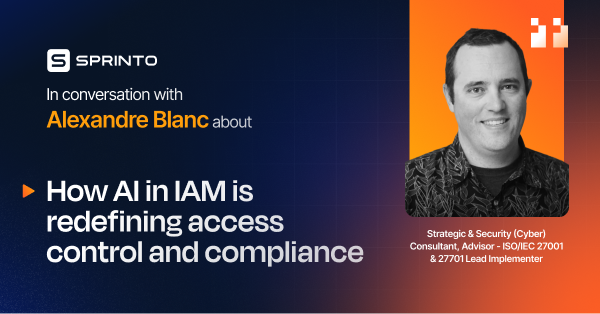Compliance Testing 101: How To Bulletproof Your Compliance Program?
Meeba Gracy
Aug 20, 2024
Struggling with compliance testing? Unsure about the best methodology to use? Don’t worry—this guide is here to help you go through the process with confidence.
Unlike audits, which are often required by law, compliance testing is a proactive self-check. It’s a valuable tool for identifying and addressing gaps in your compliance program before an official audit takes place.
Be it improving security controls, enhancing staff training, or clarifying administrative policies; compliance testing helps you fix issues early so they don’t become problems during an audit.
In this article, we’ll explore what compliance testing involves and provide a step-by-step approach to ensure you complete it with flying colors.
| TL;DR |
| Compliance testing ensures that a software product, process, or system meets specific internal or external standards before being released into production. |
| Important steps for successful compliance testing include defining objectives, creating a requirements library, mapping requirements to business functions, conducting a risk assessment, and developing a compliance testing methodology. |
Compliance Testing: What is it?
Compliance testing, also known as conformance testing, ensures that a software product, process, or system meets specific internal or external standards before being released into production. For instance, if your company aims to comply with the International Organization for Standardization (ISO) 27034, compliance testing can significantly reduce security risks in your applications. However, intending to comply doesn’t guarantee compliance.
Your developers might believe the application meets ISO 27034 standards, but often, it doesn’t due to gaps in understanding the complex standards. Proper testing can bridge these gaps, ensuring true compliance and safeguarding your software.
Why Compliance Testing Matters?
Compliance testing checks whether products or services meet specific standards. It can be done by the producer, a user, or an independent organization that may have created the standard.
When software passes the test and receives certification, it can be advertised as compliant with the standard. This certification assures quality for the end user. Compliance testing is important because it identifies potential issues early, ensuring software is secure, functional, and accessible to all users.
Role of Compliance Testing in a Compliance Management System
Compliance testing checks if a system follows both internal policies and external regulations, providing proof that these requirements are consistently met. A Compliance Management System (CMS) helps you understand compliance requirements, trains employees, and prepares you for audits. With a CMS, any disruptions are quickly addressed and fixed, making compliance a part of everyday processes.
Different Types of Compliance Testing You Need to Know
There are various types of compliance testing processes involved starting from penetration testing to regular security audits. Here are some of them:
| Penetration Testing | Ethical hackers simulate real-life cyberattacks on your system, software, applications, or network under controlled conditions. This process is crucial for assessing how well your security measures can withstand an attack. |
| Risk Assessment | Risk assessment is a strategic evaluation technique used to identify and prioritize potential risks to your organization or projects. When you identify the threats that could affect your project’s success, risk assessment helps in developing mitigation strategies to prevent those threats from becoming major issues. |
| Security Audit | A security audit is a thorough examination of your organization’s information security defenses. This involves an in-depth review of your systems to ensure they are protected against hacking and malicious code. |
| Vulnerability Management | Vulnerability management is an ongoing process that allows your organization to detect, evaluate, report, manage, and remediate vulnerabilities across endpoints, workloads, and networks. |
| API Security Testing | APIs are the connectors that enable different parts of your system to communicate. API security testing involves examining these endpoints for security and reliability, ensuring they comply with organizational best practices. |
| Web Application Security Testing | Your web application is the gateway to your organization’s digital environment. Web application security testing methodically evaluates the security of your web applications by actively analyzing them for weaknesses, technical flaws, and vulnerabilities. |
Your Blueprint for Performing Compliance Testing
Certain steps are necessary to implement an effective compliance testing process successfully.
As said by Sprinto’s Co-Founder, Raghuveer Kancherla
“Running different kinds of monitoring across so many thousands of assets in a large company is a nightmare and very difficult for any company to manage. Therefore, monitoring software is important in such situations. And this is exactly what Sprinto does. We make a list of assets a company has, define the security policy on them, and monitor whether those policies are being followed. Monitoring is a real problem, and that’s why Sprinto exists.”
These include building the requirements library, performing the compliance risk assessment, developing the compliance testing methodology, building the testing schedule, performing testing, pursuing the issues management process, and validating remediation.
We have come up with these steps after discussing with our internal compliance experts who knows the nuts and bolts of compliance testing.
1. Define objectives and scope
Determine which systems, applications, or processes must be tested and what specific standards or regulations they must comply with.
2. Create your requirements library
Whether you have a small compliance testing program or are starting from scratch, your next step is to build a requirements library.
This library will contain all the standards and regulations your organization needs to comply with. To create this library, you should consult with a product or industry expert who can help identify the requirements.
This library will then identify your organization’s existing controls and any gaps that need to be addressed to mitigate compliance risks.
3. Map requirements to business functions
Next, each requirement is linked to the relevant business function, and the respective business owners collaborate to define the compliance risks.
Ensure you validate the applicability of each requirement with the business owners. This helps the business understand each compliance risk, why it might occur, and the importance of each requirement.
For example, to comply with GDPR, you need to ensure that all customer data collection forms include clear consent options.
4. Conduct a risk assessment
A compliance risk assessment systematically identifies, evaluates, and ranks legal and regulatory risks that could harm the organization. This process helps focus resources on the most significant hazards and areas lacking sufficient controls.
For each risk, assess the inherent risk, which is the risk of violating a requirement without any controls, by measuring the impact and likelihood of a regulatory violation.
Then, determine the effectiveness of the controls that mitigate the risk. With these evaluations, you can calculate the residual risk for each requirement using a matrix.
Now, what is an easy way to conduct a risk assessment instead of going the manual and tiring way?
You can use Sprinto’s extensive risk library to identify security risks across your business’s assets and processes. Not just that, you can also customize the library by adding specific risks and assigning impact scores to create a detailed risk register that accurately reflects your organization’s unique challenges.
Continuously update the register as your business evolves to ensure you always have actionable and relevant risk data. Watch this video to learn how to automate your risk management using a GRC platform.
How Sprinto enables integrated risk management?
5. Create an effective compliance testing methodology
Firstly, specify your goals. Goals are aims that need to be accomplished while following your objectives. They might be as simple as proving compliance to a standard or building customer trust in your controls.
This is how you conduct the test:
- Determine which standards or guidelines that apply to your circumstance and context would be the basis for your testing standard.
- Develop a comprehensive test plan that outlines test objectives, test strategies and approaches, tools, schedule, and individuals responsible for carrying out the test.
- Create a set of concrete tests based on these norms and regulations to include specifics on what will be tested and how it will meet criteria.
- Choose the right tools and methods by which the tests are to be conducted, which may be manual or fully automated.
- Conduct the initial testing as per your strategy, and make sure to log everything that you notice.
- The results should be compared to look for patterns underlying threats, issues, and vulnerabilities. Consider these issues in terms of relative importance or in order of magnitude of their effects.
- A report capturing findings, non-compliance, risks, and recommendations should be prepared.
- This involves working with other parties to implement mitigation steps while ensuring these are adequately tested.
Automate compliance testing effortlessly
6. Execute testing procedures
Now that you have your methodology ready follow your testing plan to carry out the procedures. This typically includes:
- Penetration Testing: Simulate cyberattacks to check the strength of your defenses.
- Web Application Security Testing: Identify vulnerabilities in your web applications.
- API Security Testing: Assess the security of your APIs.
- Vulnerability Scanning: Use tools to find and address known vulnerabilities.
- Other Tests: Conduct any additional relevant tests based on your needs.
These steps help you pinpoint and address security issues, ensuring your systems are secure and compliant.
7. Analyze and document findings
After you have completed all those tests, the next thing you do is assess and report the results that you have gathered from the testing processes. Start by taking time to read through the test results to note any failings when it comes to the standards of compliance or security.
- Document every occurrence very meticulously. The description must contain information about the type of the problem, its potential consequences for your organization, and the fields it can concern.
- Provide specific recommendations on how each concern can be best handled. This should contain specific measures to address the problems identified and improve general compliance and security.
- Perform remediation and carry out periodic checks.
- The subsequent steps are to engage the pertinent teams to address the issues pinpointed.
8. Implement remediation and continuous monitoring
Collaborate with the relevant teams to tackle the identified issues. Apply the recommended changes and test them thoroughly to ensure their effectiveness. This process helps resolve the problems and confirms that the fixes work as intended. Now, how can you simplify this?
This is where GRC automation comes into play. Sprinto will be your ultimate ally for compliance testing.
Basic security compliance software often only highlights tasks but doesn’t handle the execution. Running and completing the program requires your time, effort, and coordination.
Sprinto, however, goes further by not just listing tasks but using adaptive automation to organize, prompt, and continuously capture evidence. This makes the process smoother and more audit-friendly.
Moreover, as far as continuous monitoring goes, Sprinto integrates with your systems to automatically map and monitor controls against security standards such as SOC 2 and ISO27001. It tracks compliance, collects evidence, and triggers remediation workflows around the clock every day of the year.
See the success story of how Giift streamlined security ops across 14 entities following ISO27001 implementation with Sprinto.
Stay ahead with automated continuous compliance
Popular Use Cases of Compliance Testing
Some examples of compliance testing are:
- Backup and recovery procedures
- Reviewing compliance with data retention
- Audit of the software artifacts, including licenses
- Stress testing network security controls
- Data encryption and protection measures
- Incident response and management protocols
- Compliance with data retention policies
- Network security controls and configurations
- Software patch management practices
- Third-party vendor compliance assessments
- User access rights and security regulations
- Program change and control procedures
Put Compliance Testing On Autopilot
While companies in regulated environments are expected to have a Compliance Management System (CMS), some may handle compliance testing on an ad hoc basis. This approach can lead to increased regulatory scrutiny and difficulties in proving that your compliance program is fully functional.
This is where you go ahead with Sprinto to get a 360 degree view of your controls and keep an eye on your compliance status at an org level.
This is because continuous compliance occurs organically on Sprinto’s centralized dashboard – switch between entity-level view and org-level view for a full picture of your controls and compliance progress.
With Sprinto, you can assess controls based on predefined risk levels, assign management responsibilities, and oversee all compliance aspects from a single, real-time dashboard. This ensures you stay ahead of compliance requirements and remain audit-ready.
Interested? Get on a call with us to know more!
FAQs
How often should compliance testing be conducted?
Generally, compliance testing should be conducted annually, or more frequently if there are significant changes to systems, processes, or regulations.
What types of compliance testing are commonly used?
Common types of compliance testing include penetration testing, vulnerability scanning, web application security testing, and risk assessments. Each type focuses on different aspects of security and compliance to ensure comprehensive coverage.
What is 508 compliance testing?
508 Compliance Testing refers to evaluating digital content and technology to ensure they meet the accessibility standards set by Section 508 of the Rehabilitation Act of 1973. This section mandates that federal agencies and organizations receiving federal funding must make their electronic and information technology accessible to individuals with disabilities.
What is regulatory compliance testing?
Regulatory compliance testing is a process used to ensure that a company or organization is following all relevant laws, regulations, and standards applicable to its industry or operations.


Use Sprinto to centralize security compliance management – so nothing
gets in the way of your moving up and winning big.





















